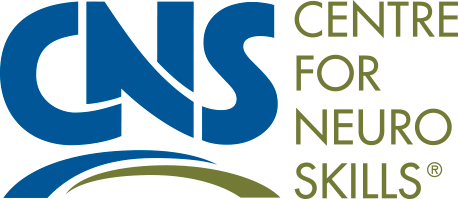Brain injury can predispose the brain to neurodegenerative processes and may be implicated in a host of diseases such as chronic traumatic encephalopathy (CTE), Parkinson’s disease multiple scelerosis, amyotrophic lateral scelerosis, stroke, epilepsy, Alzheimer’s disease and others. The simplified explanations in this post allow us to consider whether we are monitoring and treating neuroinflammatory influences chronically and properly after brain injury.
Information
- We do not know when neurodegenerative processes fully abate after an injury, or whether they actually do at all. Because we have no true clinical biomarkers that alert us to the cessation or the continuation of pathophysiologic processes within the brain, we instead equate observed improvements in outward function as hallmarks of improved neurophysiologic function.
- We do not know if neurodegenerative processes vary with different genomic factors.
- We do know that metabolism within the brain changes after injury, at least temporarily. We also know that metabolism of oxygen, glucose, and lipids produce undesirable waste products that are ideally removed from the brain.
- We recognize there seems to be a necessary interplay between proinflammatory and anti-inflammatory processes in the brain and that the endocrine and immune systems interact inextricably to produce a metabolic homeostasis. We have evidence that alterations in the blood-brain barrier (BBB), designed to control what passes into and out of the brain, may persist over long periods of time and change with aging.
- Microglia are cells in the brain responsible for dealing with pathogens and/or damaged, dying or dead cells within the brain. After brain injury we know that microglial activation and deactivation changes to an abnormal process whereby microglia do not necessarily deactivate. After brain injury, the metabolic waste products may not be removed from the brain via the BBB efficiently, and may serve to excite inflammatory processes within the brain.
- Infections outside the brain that are normally prevented from entering the brain may actually do so with greater ease, and as a result, microglia sensitivity may be primed, resulting in their overactivation.
Associated Considerations
- What behavioral influences ought to be considered for chronic management after brain injury? They may include sleep, diet, and exercise. Each of these is known to influence inflammation and immune system function around the body.
- Endocrine interventions may provide for neuroprotection and facilitation of improved metabolic function and reduction of metabolic stress within the brain. This results in healthier cells, less programmed cell death, and perhaps longer functioning of previously uninjured cells, thus preserving neurologic reserve and probably function. So hormone replacement therapy may be beneficial in providing neuroprotection and restitution of metabolic function.
- Additionally, endocrine therapies that seek to accelerate recovery by pursuit of high normal ranges in replacement therapies or supraphysiologic levels for a treatment period, should perhaps be explored.
- Interventions may be useful that actively address neuroinflammation pharmacologically. Given the complexity of neuroinflammatory processes and their consequences, it seems probable that a multifaceted approach will be necessary to fully facilitate an interruption of what can be self-perpetuating inflammatory processes within the brain or prevent recurrent reactivation of primed inflammatory processes.
So, we must consider whether an approach that addresses behaviorally accessible avenues such as diet, sleep, and exercise combined synergistically with endocrine, immune dietary and exercise interventions to quiet inflammatory processes in a previously injured brain has utility in accelerating recovery, furthering recovery, providing neuroprotection for residual, as of yet, uninjured cells, and/or preventing neurodegenerative processes to be accelerated over those of normal aging.


When you speak of neurodegenerative and inflammatory changes, I assume you’re referring to changes seen in CSF (cerebral spinal fluid). In Feb. 2015, a routine MRI w/ Gadolinium for my hydrocephalus showed diffuse dura inflammation. A CSF culture was then obtained which was negative for infection, but revealed degenerative/inflammatory changes, which were not relayed to me because these changes are not normally part of the hydrocephalus workup. But I now believe it should be, and routinely done as part of outcomes assessment, esp when there’s suboptimal outcomes. Turns out there was some dura inflammation present in 2012. But was missed. Last year I wrote this up as a case study on my neurosciences blog. My expertise is in mHealth diagnostics, where I earlier designed & patented an algorhythm for hydrocephalus. I have speculated that a CTE model consisting of CSF, MRI or PET, and neurobehavioral changes, could be created to dx early signs of CTE, and similarly in other disorders such as Parkinsons & MS. Here’s my own case study http:/wp.me/poW1N-68 The dura inflammation was eventually dx as pachy meningitis. But the underlying cause remains unclear.